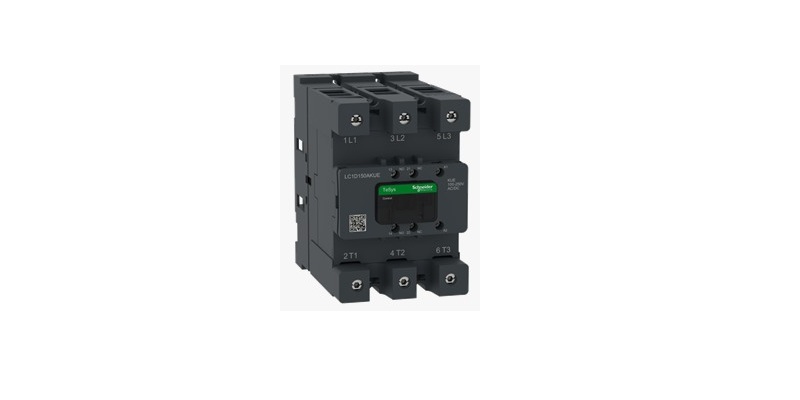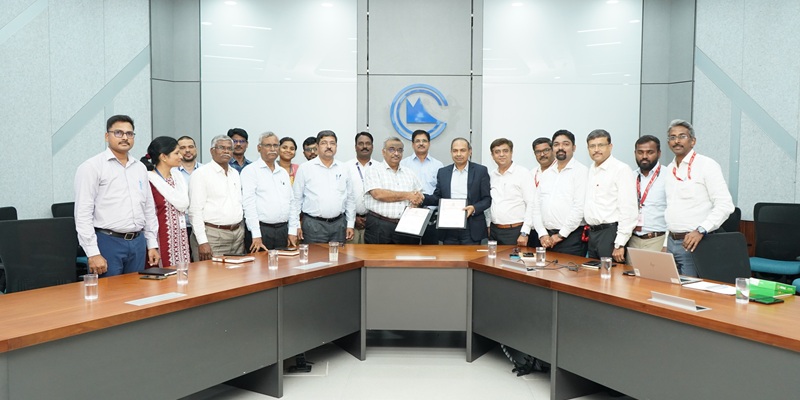Schedule a Call Back
The power of hydraulics
 Technical Articles
Technical Articles- Nov 01,17
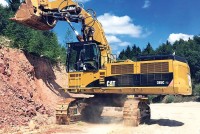
Related Stories

Honeywell unveils made-in-India CCTV cameras for security tech sector
Class 1 certified cameras fully designed and manufactured in India, delivering enterprise-level cybersecurity, advanced features, and seamless integration.
Read more
Building the energy workforce of the future: Technological skills and leadership
The Climate Change Committee projects that by 2030, low-carbon industries could create between 135,000 and 725,000 new jobs. The energy industry will need a workforce that’s tech-smart, adaptable,..
Read more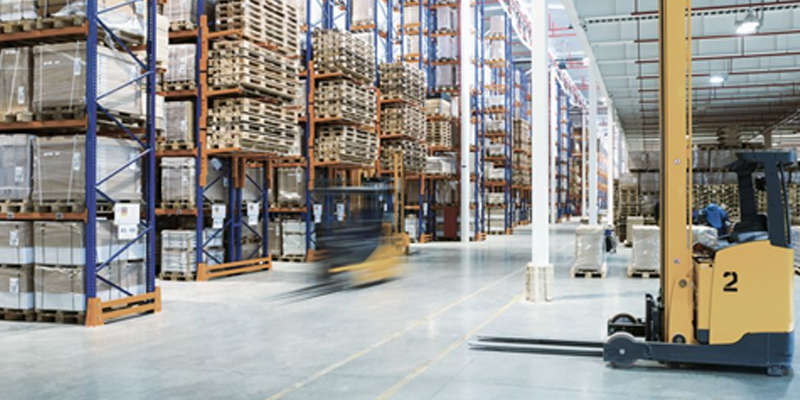
Phoenix Contact’s Trio Power: Reliable Power Supply for Material Handling
Phoenix Contact’s Trio Power: Reliable Power Supply for Material Handling
Read moreRelated Products

Concept-hydro Gripping Systems
- The advent of CONCEPT-hydro gripping system opens new ways in mastering the most difficult situation with uncompromising thoroughness. Sophisticated technology, perfect const Read more

Concept-hydro Gripping Systems
- The advent of CONCEPT-hydro gripping system opens new ways in mastering the most difficult situation with uncompromising thoroughness. Sophisticated technology, perfect const Read more
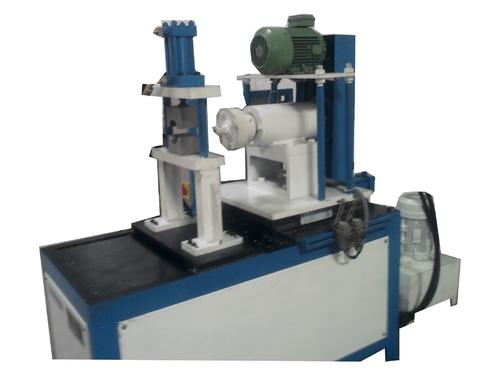
Chamfering Machine - Hydraulic
Vedant Engineering Services engages to
provide a wide range of hydraulic chamfering machine.







